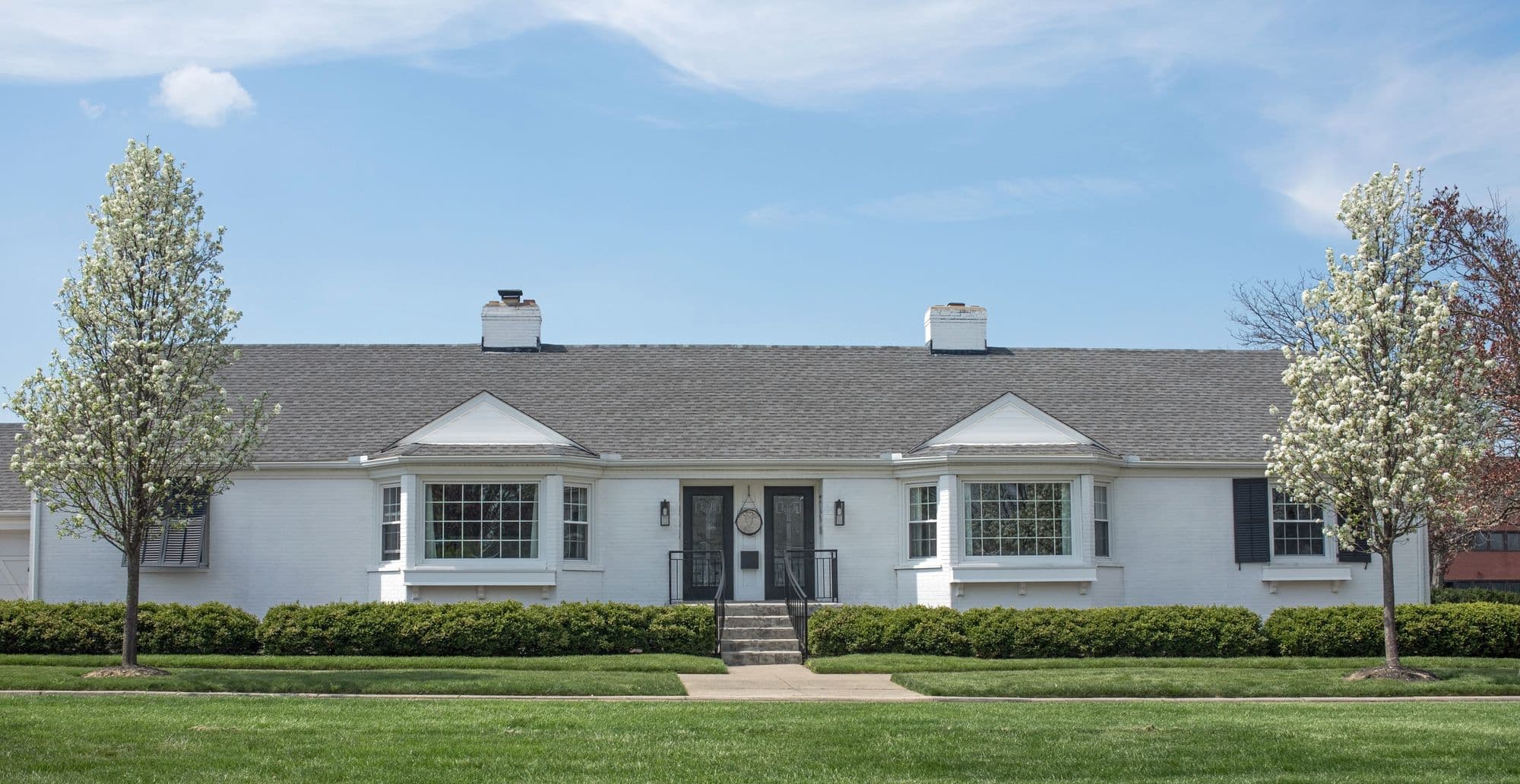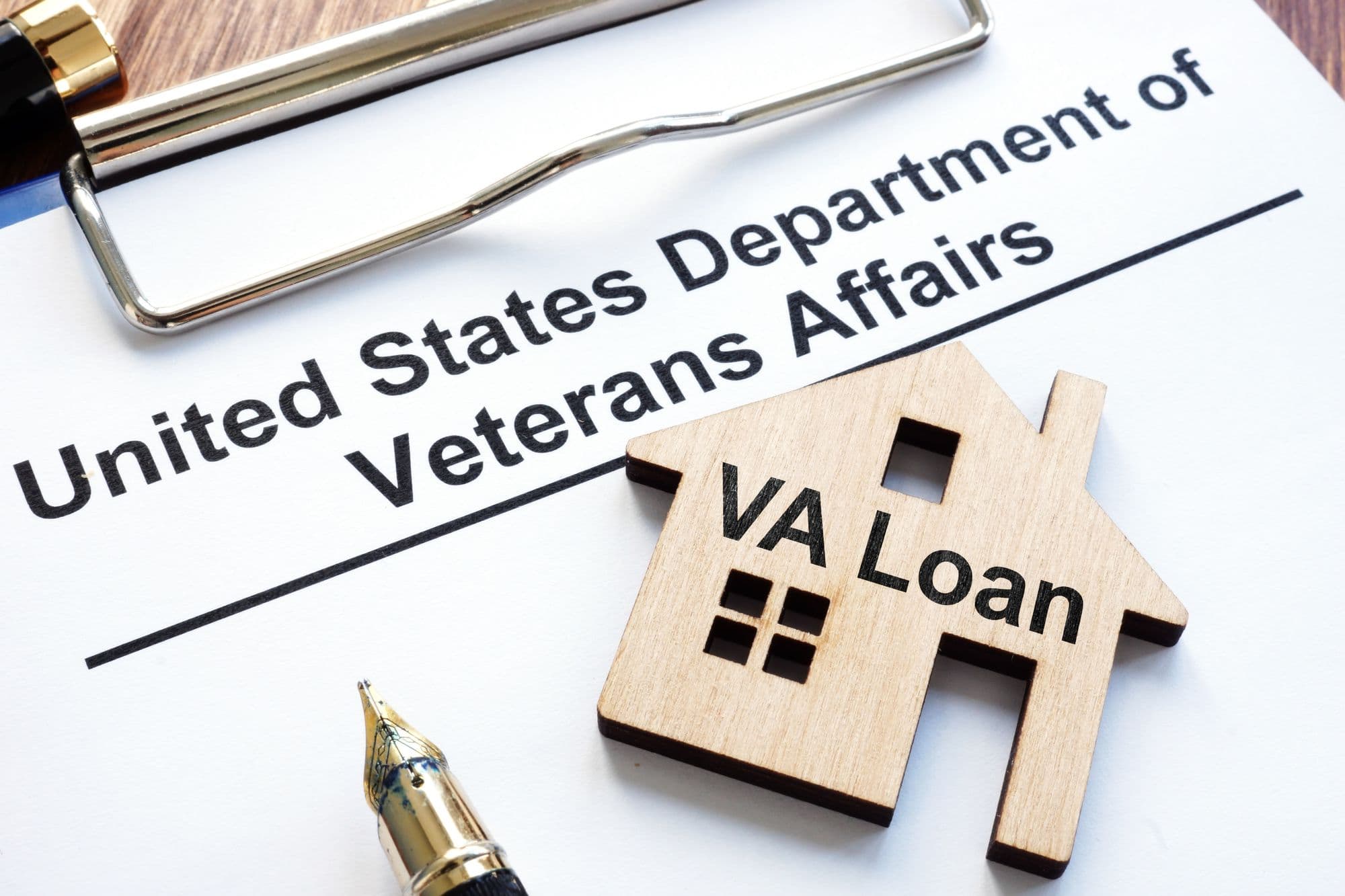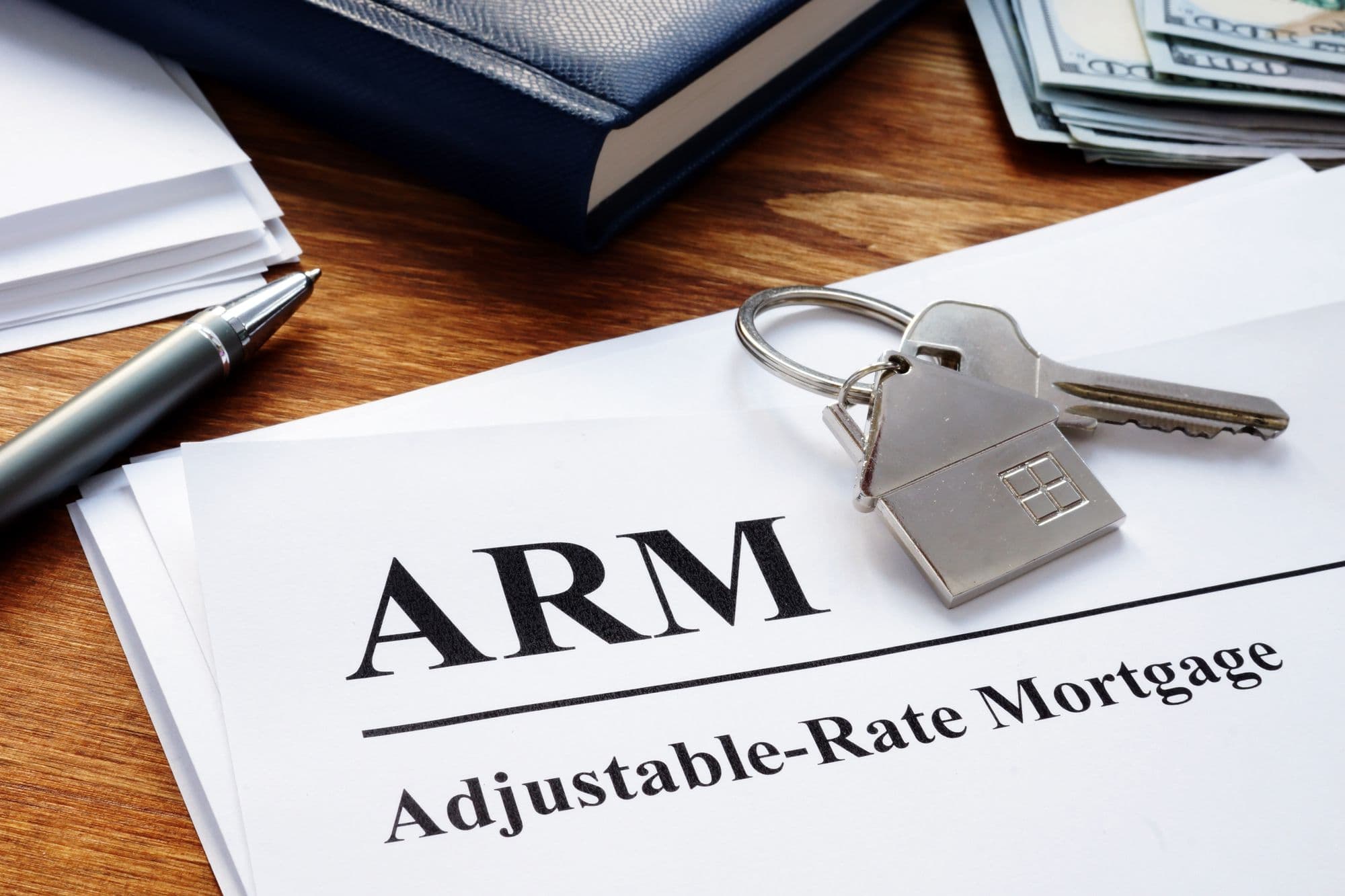What Is a 5/1 ARM Loan?

When shopping for a mortgage, you’ll likely come across the term 5/1 ARM; but what does it really mean, and how does it compare to a traditional fixed-rate loan?
In simple terms, a 5/1 ARM (Adjustable Rate Mortgage) offers a fixed interest rate for the first five years, followed by annual rate adjustments. For many homebuyers, this type of loan can be a smart way to save money upfront, especially if they don’t plan to stay in their home long term.
But as with any financial decision, it’s important to understand how it works, and whether the benefits outweigh the risks for your situation.
In this guide, we’ll break down exactly what a 5/1 ARM is, how it works, pros and cons, real-world examples, and whether it might be the right fit for your goals. Let’s dive in.
What Is a 5/1 ARM Loan?
A 5/1 ARM stands for a 5-year Adjustable Rate Mortgage with a fixed interest rate for the first five years, and then an adjustable rate every year after that.
While a 5/1 ARM has a changing interest rate after the initial period, it’s still a 30-year loan. The key advantage of a 5/1 ARM is its lower initial interest rate compared to a traditional 30-year fixed-rate mortgage. This makes it appealing for borrowers who plan to move, sell, or refinance before the adjustable period begins.
Here's how it works:
- The “5” means your interest rate stays fixed for the first five years of the loan.
- The “1” means your interest rate can change once per year after that, based on market conditions.
In short, a 5/1 ARM loan gives you a stable, lower rate at the beginning, and then it adjusts annually.
How Exactly Does a 5/1 ARM Work?
To understand how a 5/1 ARM works, it helps to think of it in two phases: the initial fixed-rate period and the adjustable-rate period.
1. Fixed-Rate Period (First 5 Years)
During the first five years of the loan, your interest rate is locked in; it won’t change no matter what happens in the market. This means your monthly mortgage payment stays the same for this time.
This is where many borrowers save money. Because 5/1 ARMs usually start with lower interest rates than traditional 30-year fixed mortgages, you benefit from smaller monthly payments upfront.
2. Adjustable-Rate Period (Year 6 and Beyond)
Once the five-year fixed period ends, your loan switches to an adjustable interest rate. This new rate will reset once per year, based on current market conditions.
The lender recalculates your rate using two factors:
- Index: A benchmark interest rate, such as the Secured Overnight Financing Rate (SOFR) or Treasury index.
- Margin: A set percentage (determined by your lender) added to the index.
Here’s the formula: New Rate = Index + Margin
For example, if the index is 3% and your margin is 2.25%, your new rate would be 5.25% for that year.
To protect you from major payment spikes, most ARMs include rate caps:
- Initial adjustment cap: Limits how much your rate can increase the first time (often 2%).
- Annual cap: Limits rate increases in future years (commonly 2% per year).
- Lifetime cap: Limits how high your rate can go during the entire loan term (usually around 5% above the starting rate).
These caps help prevent sudden, massive increases, but you still need to be ready for some fluctuation.
Example of a 5/1 ARM Loan
Let’s walk through a simple example so you can see how a 5/1 ARM might play out in real life.
Loan Details:
- Loan Amount: $300,000
- Initial Interest Rate: 4.00%
- Term: 30 years
- ARM Structure: 5/1
- Rate Caps: 2% initial, 2% annual, 5% lifetime
Years 1–5 (Fixed Rate)
For the first five years, your rate is fixed at 4.00%. Your monthly principal and interest payment is about $1,432.
Year 6 (First Adjustment)
Let’s say the index rate has risen, and based on market data, your new interest rate calculation looks like this:
- Index: 4.5%
- Margin: 2.25%
- New Rate: 6.75%
But since your rate can only rise 2% max in the first adjustment, your new rate is 6.00% (Original 4.00% + Maximum Adjustment 2.00%). Your new monthly payment jumps to around $1,534+.
Year 7 (Second Adjustment)
The market cools slightly. The index drops, and your new rate comes to:
- Index: 2.75%
- Margin: 2.25%
- New Rate: 5.00%
Now your payment decreases to about $1,517. And so on; your interest rate continues adjusting annually within the capped limits, depending on the economy.
Pros and Cons of a 5/1 ARM Mortgage
Let’s look at the benefits and potential downsides to help you weigh your options.
5/1 ARM Loan Requirements
Qualifying for a 5/1 ARM is similar to qualifying for other types of home loans, but lenders may take a closer look at your ability to handle future rate increases.
Here are the typical requirements you’ll need to meet:
1. Credit Score
Most lenders prefer a credit score of at least 620 to qualify for a conventional 5/1 ARM loan. However, a score of 700 or higher can help you secure better rates.
2. Down Payment
For a conventional ARM, expect to put down at least 5%, although putting down 10%–20% may help you avoid private mortgage insurance (PMI). Government-backed ARM loans, like FHA or VA, have their own requirements:
- FHA ARMs: Minimum 3.5% down
- VA ARMs: No down payment in many cases (for eligible borrowers)
3. Debt-to-Income Ratio (DTI)
Lenders usually want your DTI to be no more than 43%, but lower is always better. This shows you can afford the monthly payment, even if it increases down the line.
4. Proof of Income and Employment
You’ll need to show steady income with tax returns, W-2s, or recent pay stubs. Self-employed borrowers will need to provide additional documentation.
5. Reserve Funds
Some lenders may require you to have cash reserves; money in the bank that could cover your mortgage payments if your income changes or expenses rise.
6. Loan Type Limitations
Not all loan types allow adjustable rates. For example:
- FHA allows ARMs but with specific caps and limits.
- VA loans can offer ARMs to eligible veterans.
- USDA loans typically do not offer ARMs.
Talk to your lender about what programs are available and whether you qualify for government-backed options.
Alternatives to the 5/1 ARM Loan
While a 5/1 ARM can be a good option for the right buyer, it’s not the only choice out there. Depending on your goals, one of these alternative mortgage types might be a better fit:
1. 30-Year Fixed-Rate Mortgage
- Best for: Long-term homeowners who want stable monthly payments
- Pros: Predictable payments, good for budgeting
- Cons: Higher interest rate than an ARM upfront
If you plan to stay in your home long term, a fixed-rate loan may be the safer and simpler choice.
2. 15-Year Fixed-Rate Mortgage
- Best for: Buyers who can afford a higher monthly payment to pay off the loan faster
- Pros: Lower interest rates, less interest paid over time
- Cons: Higher monthly payments
You’ll build equity faster and pay less in interest, but it’s not ideal if your budget is tight.
3. 7/1 ARM or 10/1 ARM
- Best for: Buyers who want a longer fixed-rate period before adjustments
- Pros: More stability than a 5/1 ARM, still lower rates than fixed
- Cons: Slightly higher initial rates than a 5/1 ARM
If you like the idea of an ARM but want more time before the rate adjusts, a 7/1 or 10/1 ARM might offer a better balance.
4. Interest-Only Mortgage
- Best for: Short-term homeowners or investors with specific financial plans
- Pros: Lower payments upfront
- Cons: No equity built during the interest-only period; risk of higher payments later
This is a more niche product and comes with more risk, especially if home values drop.
Final Thoughts: Is the 5/1 ARM Loan Right for You?
A 5/1 ARM loan can be a smart financial move, but only if it fits your specific plans and risk tolerance.
If you're confident you'll sell or refinance within five years, or if you want to take advantage of lower upfront payments, this type of mortgage could help you save money early on. It can also be a great option for buyers who expect their income to grow over time or don’t mind a little rate uncertainty.
However, if you plan to stay in your home long-term or want the predictability of fixed monthly payments, a traditional fixed-rate mortgage may be a better fit.
As with any major financial decision, make sure to weigh the pros and cons carefully, and speak with a trusted mortgage lender to run the numbers based on your situation.
Understanding how a 5/1 ARM works is the first step. The next is making sure it works for you.
FAQs About What Is a 5/1 ARM?
1. What is the meaning of a 5/1 ARM loan?
A 5/1 ARM loan is a type of mortgage where the interest rate is fixed for the first five years, then adjusts once per year after that for the rest of the loan term. The "5" stands for the fixed-rate period, and the "1" means the rate can change every year after that. It's called a hybrid mortgage because it combines a fixed-rate start with variable rates later.
2. Is a 5/1 ARM a good idea right now?
A 5/1 ARM may be a good idea if you plan to move, sell, or refinance within the first five years. You’ll benefit from lower initial interest rates, which can save you money in the short term. However, it becomes riskier if you stay in the home beyond that point, as your payments could increase significantly when the rate adjusts. It's best to consider your timeline, income stability, and ability to handle potential rate hikes.
3. Can you pay off a 5/1 ARM early?
Yes, you can usually pay off a 5/1 ARM early, but it’s important to check your loan terms for any prepayment penalties. Some lenders charge fees if you pay off the loan within the first few years. If there’s no penalty, making extra payments or paying off the loan entirely before the rate adjusts can help you avoid higher interest costs down the road.
4. Can you refinance out of a 5/1 ARM?
Absolutely. Many borrowers choose to refinance their 5/1 ARM before the adjustable period begins, especially if interest rates are rising. You can refinance into a fixed-rate mortgage to lock in stable payments or into another ARM if that fits your strategy. Timing is key, so refinancing before your fixed-rate period ends can help you avoid unexpected payment increases.






